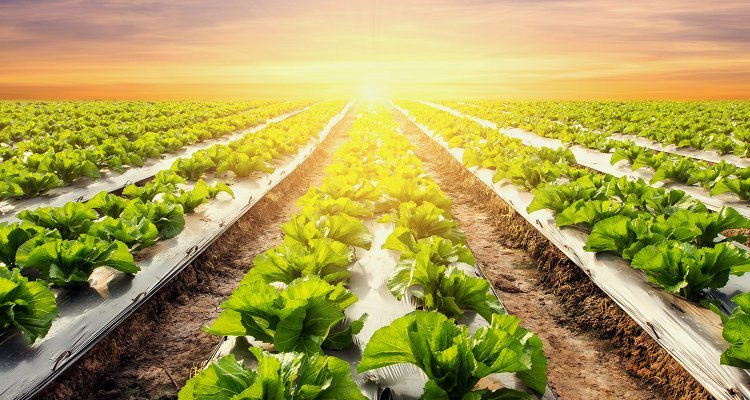
Understanding PLA and PE Coatings: A Comparative Insight
Introduction
In the world of packaging and material science, coatings play a pivotal role in enhancing the functionality and sustainability of products. Among the various types of coatings, PLA (Polylactic Acid) and PE (Polyethylene) coatings are two popular options. This blog explores the characteristics, applications, and environmental impact of these coatings, providing a comprehensive understanding of each.
What is PLA Coating?
PLA (Polylactic Acid) is a biodegradable and bioactive thermoplastic derived from renewable resources like corn starch or sugarcane. PLA coatings are known for their eco-friendly properties, making them a preferred choice for sustainable packaging solutions.
Characteristics of PLA Coating:
- Biodegradability: PLA is compostable under industrial composting conditions.
- Transparency: It offers excellent clarity, making it suitable for clear packaging.
- Barrier Properties: Provides a decent barrier against moisture and oxygen, although not as strong as PE.
- Thermal Stability: PLA has a lower melting point compared to traditional plastics, which can limit its application in high-temperature environments.
Applications of PLA Coating:
- Food packaging (trays, cups, and containers)
- Disposable cutlery and plates
- Coated paper products
Environmental Impact: PLA's primary advantage lies in its biodegradability. When composted properly, PLA breaks down into water, carbon dioxide, and biomass, leaving minimal environmental impact.

What is PE Coating?
PE (Polyethylene) is one of the most commonly used plastics worldwide. It is derived from petroleum and offers excellent durability and resistance properties. PE coatings are widely used in various applications due to their versatility and cost-effectiveness.
Characteristics of PE Coating:
- Durability: PE is highly durable and resistant to chemicals and moisture.
- Flexibility: It is flexible and can be molded into various shapes and forms.
- Barrier Properties: Provides an excellent barrier against moisture, oxygen, and other gases.
- Thermal Stability: PE can withstand higher temperatures compared to PLA.
Applications of PE Coating:
- Packaging materials (bags, films, and wraps)
- Coated paper products (milk cartons, juice boxes)
- Industrial applications (protective coatings, insulation)
Environmental Impact: PE is not biodegradable and poses significant environmental challenges. Its production relies on non-renewable resources, and improper disposal can lead to long-term pollution issues.

Comparative Analysis: PLA vs. PE Coatings
Sustainability:
- PLA: Biodegradable and compostable, making it an eco-friendly option.
- PE: Non-biodegradable and relies on fossil fuels, contributing to environmental pollution.
Barrier Properties:
- PLA: Provides decent barrier properties but is not as strong as PE.
- PE: Offers superior barrier properties against moisture and gases.
Thermal Stability:
- PLA: Lower melting point, limiting its use in high-temperature applications.
- PE: Higher melting point, suitable for a broader range of applications.
Cost:
- PLA: Generally more expensive due to the cost of raw materials and production processes.
- PE: Cost-effective and widely available, making it a popular choice for mass production.
Conclusion
Both PLA and PE coatings have their unique advantages and limitations. PLA stands out for its sustainability and biodegradability, making it an ideal choice for environmentally conscious applications. On the other hand, PE offers superior durability and barrier properties, making it suitable for a wide range of industrial and packaging applications.
The choice between PLA and PE coatings ultimately depends on the specific needs and priorities of the application. As the demand for sustainable solutions grows, the development and adoption of biodegradable coatings like PLA are expected to increase, paving the way for a greener future.
